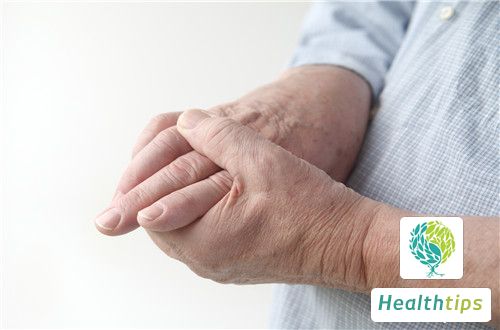What Diseases Can Be Spread Through Contact?
Living in this society, it is inevitable that we will have contact with others. This opportunity for interaction also leads to the spread of many diseases through contact. Some diseases can even be transmitted through contact with contaminated objects, such as athlete's foot, sexually transmitted diseases, rabies, tuberculosis, typhoid, and others. When infected with these diseases, it is crucial for patients to seek medical attention and undergo testing and treatment promptly.

Types of Diseases Spread Through Contact
Direct contact transmission occurs when an individual acquires an infection by directly touching or kissing an infected person or through the sharing of personal items such as toothbrushes, towels, razors, utensils, clothing, etc. Alternatively, the pathogen may be left in the environment after contact with an infected person, leading to transmission. Therefore, these types of infections are more common in places where items may be inadvertently shared, such as schools and military facilities. Examples include fungal infections like athlete's foot, bacterial infections like impetigo, viral infections that cause skin growths like warts, and syphilis, which is typically transmitted through contact with the hard chancre of an infected individual.
Sexually transmitted diseases (STDs) are a subset of contact-transmitted infections that are transmitted through sexual contact. AIDS, due to its severe global prevalence, is sometimes discussed separately in medical contexts. STDs are primarily caused by bacteria or viruses and are transmitted through direct contact with the mucosal tissues, semen, vaginal secretions, or even the pathogens carried in the rectum during sexual activity. If there are wounds in these areas, the pathogens can also infect the bloodstream and spread throughout the body.
What is Contact Transmission?
Contact transmission refers to the spread of pathogens through direct or indirect contact with a medium. Direct contact transmission involves the direct transfer of pathogens from an infected source to a susceptible individual through appropriate entry points. Indirect contact transmission occurs when an individual comes into contact with contaminated objects.
Classification of Contact Transmission
1. Direct Contact Transmission
Direct contact transmission involves the direct transfer of pathogens from an infected source to a suitable entry point in a susceptible individual. This type of transmission includes not only kissing and sexual contact but also the transmission of pathogens through droplets. Specifically, sexually transmitted diseases fall into this category. Besides traditional STDs like syphilis, gonorrhea, granuloma inguinale, chancroid, and inguinal granuloma, other recognized sexually transmitted infections include infections caused by chlamydia trachomatis, Trichomonas vaginalis, and herpes simplex virus types I and II. AIDS also belongs to this category.
2. Indirect Contact Transmission
Indirect contact transmission occurs when an individual comes into contact with contaminated objects. This can happen when hands or everyday items like bedding, toys, utensils, clothing, etc., are contaminated with the excretions or secretions of an infected individual. Such transmission is also known as daily life contact transmission. Many intestinal infections, skin infections, and zoonotic diseases can be transmitted through this route.



















